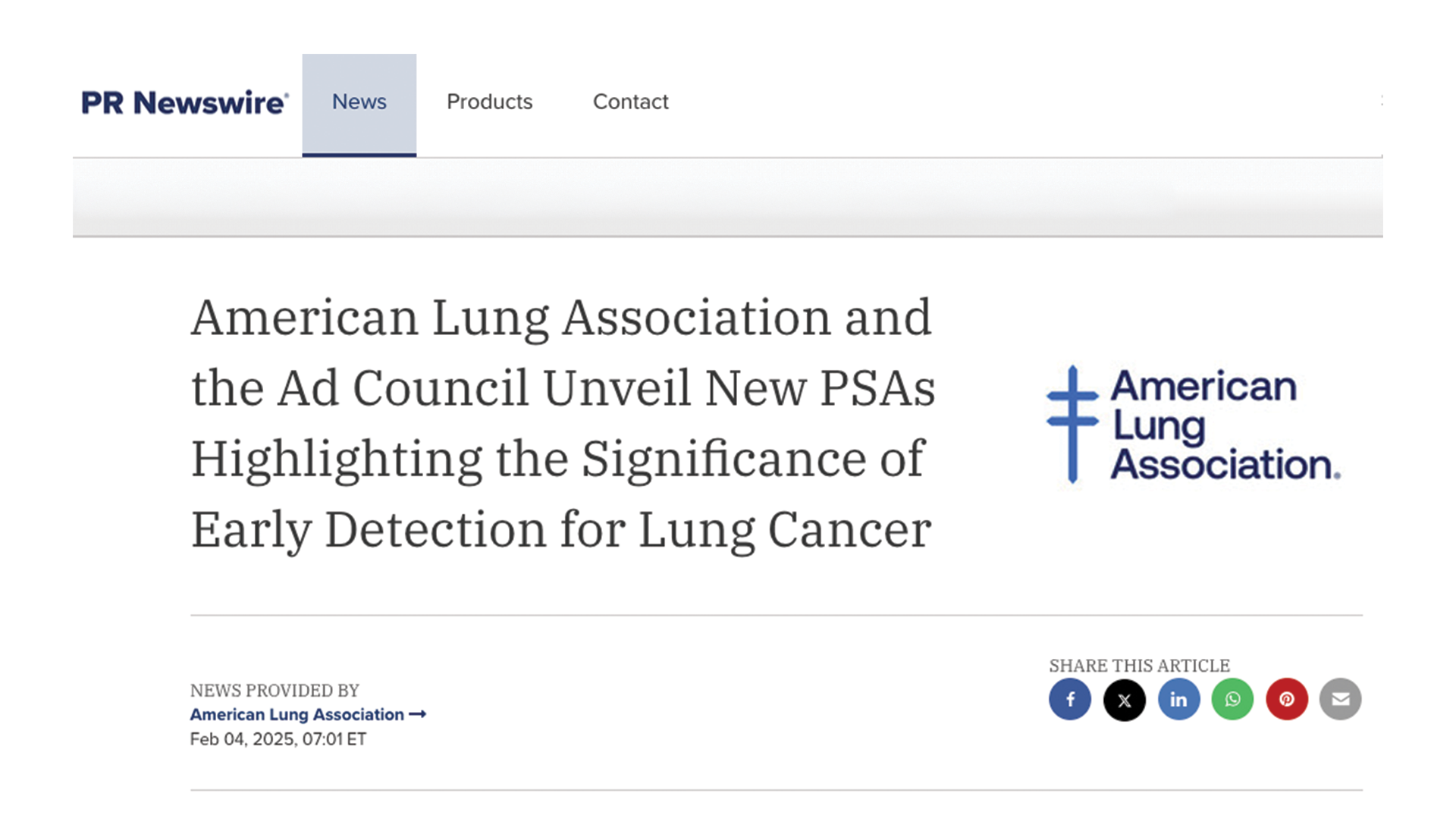When a food & drink trend reaches its sell-by date, how should brands respond?
February 23, 2024
Consumer fads can allow new businesses to grow, but they can take smaller brands with them when shopping habits inevitably change. We ask agency experts how you can plan for the long term.
There’s been a gradual rise in demand for products that aid gut health, from kombucha to ginger beers. That’s meant a gradual rise in demand for brands providing said stomach aids – but a rising category tide doesn’t always provide long-term security for a brand.
Indeed, the food and drink world is littered with examples of once-buzzy companies whose stars dimmed once consumers had moved on to another trend. Agencies and marketing experts might be able to help a company proof itself for the future while taking advantage of the present. But it’s not an easy task.
We asked 12 industry experts about how they approach that issue.
Brand consistency
Jess Lloyd, head of strategy, Hill Holliday: “The key to retaining customers is a strong, consistent brand. We evaluate four key areas through the brand lens to inform resilience through trend cycles: how the client’s business makes money (including pipeline); the core growth audience’s attitudes, needs and behaviors; competitive landscape; and the external/cultural forces that fuel the trend. This helps us evaluate a trend cycle and advise a path forward for our clients. A waning trend cycle doesn’t necessarily mean that demand has slowed. It could instead indicate that adoption matured, leading to more competition and heightening the need for brand differentiation.”
Mike Khouri, chief executive officer, Tactical: “Surviving the trend cycle means thinking beyond the lifecycle of any one product and instead focusing on continuously capitalizing on cultural moments that resonate with your audiences.
“Fame is the single biggest driver of brand growth. One of the best ways to achieve this is to tap into what people are already talking about online and join the conversation from an authentic standpoint. Regardless of your product, relevance is sustained by creating contextual connections between your brand and its audience. Heineken is a prime example of how continuously showing up in cultural conversations will maintain brand relevance and top-of-mind status.”
Libby Kapsner, associate strategy director, Periscope: ”The trend cycle is exhausting, exhilarating and enticing all at once. While it’s tempting to join every viral trend, brands should be clear on their core belief – a universal thread that unites their product portfolio – and act accordingly when deciding whether to join in or sit it out. When you have a unifying purpose, you have a North Star to withstand the volatility of the trend cycle. Take, for example, a brand that sells both vacuums and impressive hair tools, but at its core stands for innovation.”
Tom Ghiden, managing director, Joan London: “Surviving the trend cycle demands strategic foresight. In advising brands, agencies must acknowledge the transient nature of trends while highlighting the enduring elements that form the foundation of a legendary brand. Trends come and go, but long-term success lies in adapting to evolving cultures, needs and audience dynamics to find innovative ways to resonate with people. Joan’s modern legend growth wheel provides a framework for brands to ride the wave – transitioning from trend-driven appeal to a deeper, timeless connection. A modern brand is a flash in the pan, but a legendary brand can find new ways to appeal to the market.”
Louisa O’Connor, managing director, Seen Presents: “Trends generally come in three buckets – global, something that is always there and should be engrained in your brand narrative and strategy (ie sustainability), macro trends, like automation or trust and finally micro-trends, such as NFTs. Brands, especially those in the saturated food and drink space, should build their business focusing on global trends and only tap into micro trends as highlight moments to ensure longevity. Building a whole business case or offering around micro trends in order to stay authentic and relevant is not the answer.”
Ella Britton, strategy director, Behave: “There’s nothing more exhilarating for a brand than riding a trend wave. One week, you could be on top of the world, trending on social media, and the name on everyone’s lips (Little Moons mochi from 2021 is a perfect example), but as all brands know, you can never get too comfortable. Brands need to learn how to ride the wave but keep on coming back, even if the sea is flat. One way to do this is by advertising at unexpected times (vegan brands in December, anyone?) and in unexpected ways. This will encourage consumers to think about you outside of the trend cycle, shifting you from fad to forever.”
Make your own waves
Wander Bruijel, senior partner, strategy and provocation, Born Ugly: “Categories fluctuate all the time. Responding to change drives competition, innovation and answers unmet needs. What brands need to decipher is whether they are chasing short-term hype or lasting behavior shifts. When an emerging category sticks, only a few brands tend to stick with it. Take the rise of the plant-based category. As growth stagnates, few brands – like VFC – appear to have the staying power.
“Brands that lead category change are those that rise to the top. They do so by being rooted in a consumer need aligned with a brand truth. Reacting to hype or following a lasting change late are weak starting points for brands. The key to getting ahead is to create your own change.”
Flora Joll, head of strategy, BMB: “Agencies should be looking to create trends and catalyze nascent trends, as well as riding existing waves. However, practically speaking, great work takes time to come into being. It can feel like a campaign has missed its moment – but has it really? Adland time is different from the real world: you might think kefir and natural wine are old news, but in some parts of the country they’ve just arrived. The most revenue can actually be generated after the peak of the cycle: these things take time to become mass. Patience pays off.”
Mark Christou, partner, CBX: “Crafting a narrative to surf the wave of swiftly moving trends requires a strategic blend of function, emotion and cultural relevance. Brands must harmonize functional benefits with taste appeal while conveying cultural relevance across various touchpoints. Overemphasizing function without fostering emotional connections is shortsighted, signaling a reactive approach that jeopardizes the brand’s long-term health. Strategic foresight, integrating people, culture and brand, is essential for navigating the dynamic landscape of consumer preferences and cultural shifts.”
Avoid trends outright
James Kirkham, CEO and founder, Iconic: “The key is being able to spot the moment as it bubbles up. These are found in the niche, among communities and sub-cultures outside of the mainstream. This is the home of the weird, a fringe where ideas percolate and get incubated. In current culture, micro-trends can become big business overnight thanks to the proliferation of social media and especially the algorithmic rocket fuel of TikTok. Agencies, too, must be able to tell brands when they shouldn’t jump in, just as often as when you should. Because as with emerging technology or the latest social media platform, some of the most sage advice is when to hold your nerve and not pivot into the latest fad.”
Franziska Duerl, managing director and head of strategy, JvM Hamburg and partner, JvM Group: “Health foods is a people-driven market. Celebrities such as Gwyneth Paltrow and Kourtney Kardashian, as well as influencers, are known and proven drivers for short-term sales. Understandably, it is very tempting to jump on new trends. But in the fragmented world we live in, we often face binary thinking of the people we are trying to reach: for every fan, there is a hater. We have to ask the question if a trend fits the brand and its desired target group.”
Want to join in next week’s debate? Give me a shout: sam.bradley@thedrum.com
Related Articles
All News
A Billboard Saved Me from Dying from Lung Cancer — Before I Even Had Symptoms (Exclusive)
Read Now
American Lung Association and the Ad Council Unveil New PSAs Highlighting the Significance of Early Detection for Lung Cancer
Read Now
How Healthcare Brands Can Help Bridge the Gap Between Misinformation Online and Proven Clinical Data
Read Now
Hill Holliday Decision Science Partners with Marketing Intelligence Leader Funnel for Faster, More Effective Data-Driven Growth
Read NowGet in Touch
For new business partnership inquiries, press questions, and more contact us at Joseph.Bailey@hhcc.com
Let's Go